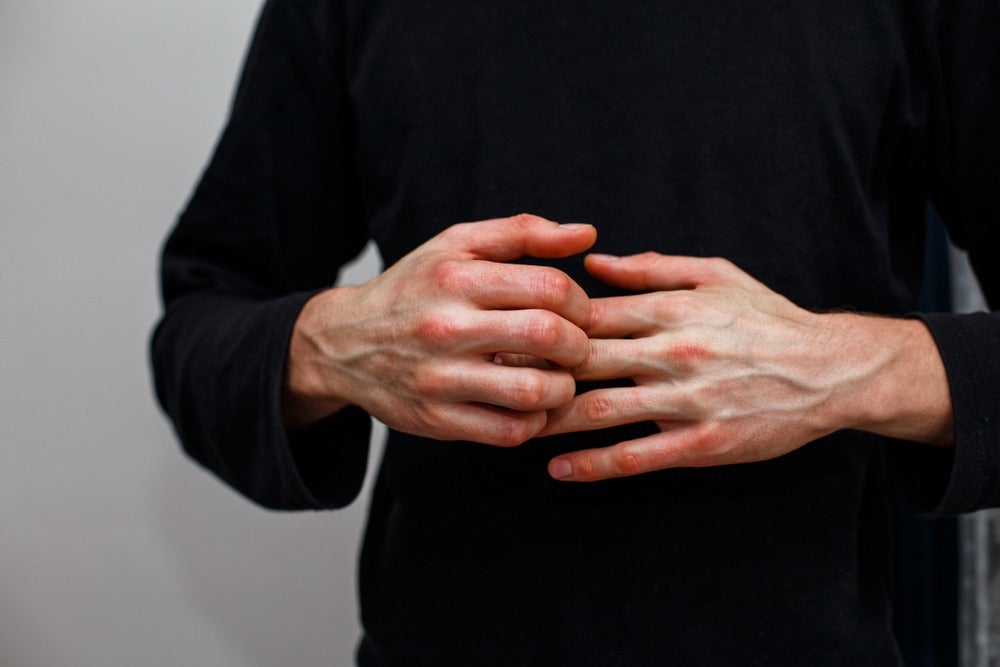GlobalData epidemiologists estimate that there were more than 16 million diagnosed prevalent cases of plaque psoriasis in the seven major markets (7MM: US, France, Germany, Italy, Spain, UK, and Japan) in 2017.
Plaque psoriasis
Among those markets, there is significant variability in the severity of those cases. The graph below presents the proportion of diagnosed prevalent cases of psoriasis by severity in the 7MM.
7MM, Proportion of diagnosed prevalent cases of plaque psoriasis by severity

Source: GlobalData
Plaque psoriasis is an immune-mediated skin condition that creates red, flaky patches on the skin as a result of the rapid production of new skin cells. Psoriatic plaques can occur anywhere on the body including the scalp, hands, and feet and often cause severe discomfort to the individual from the pain and itchiness of the plaques, in addition to the emotional toll of having a highly visible condition.
Plaque psoriasis is diagnosed by a dermatologist through visual inspection of the plaques and their distribution on the skin. The severity of the condition is determined by the percentage of the body covered, with severity ranging from mild (less than 3% coverage) to severe (more than 10% coverage). The severity of the condition is often used to determine the best course of treatments as therapies can range from topical ointments to intravenous immunotherapies.

US Tariffs are shifting - will you react or anticipate?
Don’t let policy changes catch you off guard. Stay proactive with real-time data and expert analysis.
By GlobalDataAcross the 7MM, there is high variability in the severity of psoriasis cases diagnosed. The US has the highest proportion of cases that are diagnosed as severe, with more than 36% of diagnosed cases classified as severe. Japan, however, has the lowest proportion of severe cases at less than 15%. In the European markets, it is estimated that Italy has the lowest burden of severe psoriasis cases.
Given the variety of treatment options available for psoriasis, it is pertinent for individuals afflicted with this condition to receive an accurate diagnosis to best improve the state of the condition.






